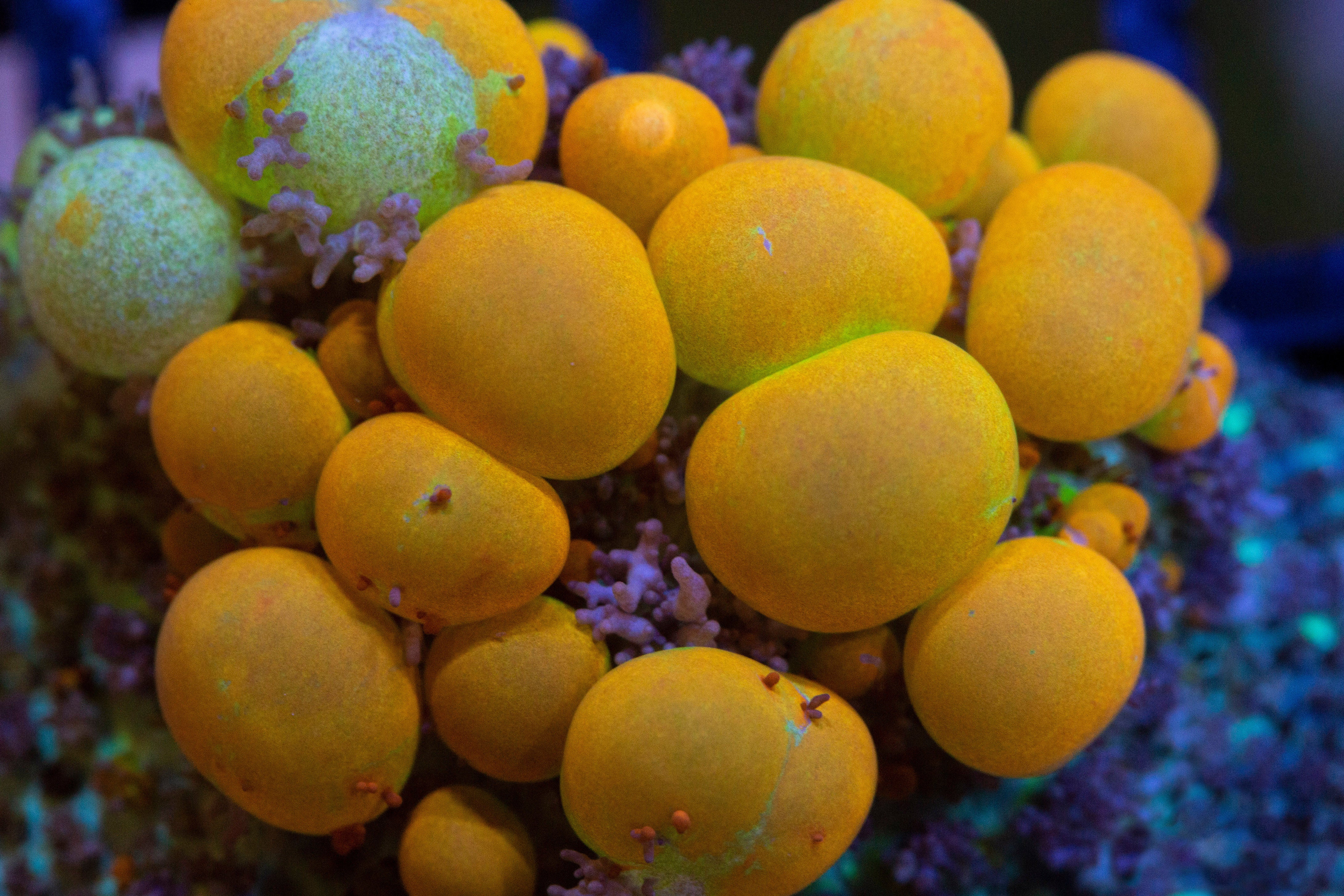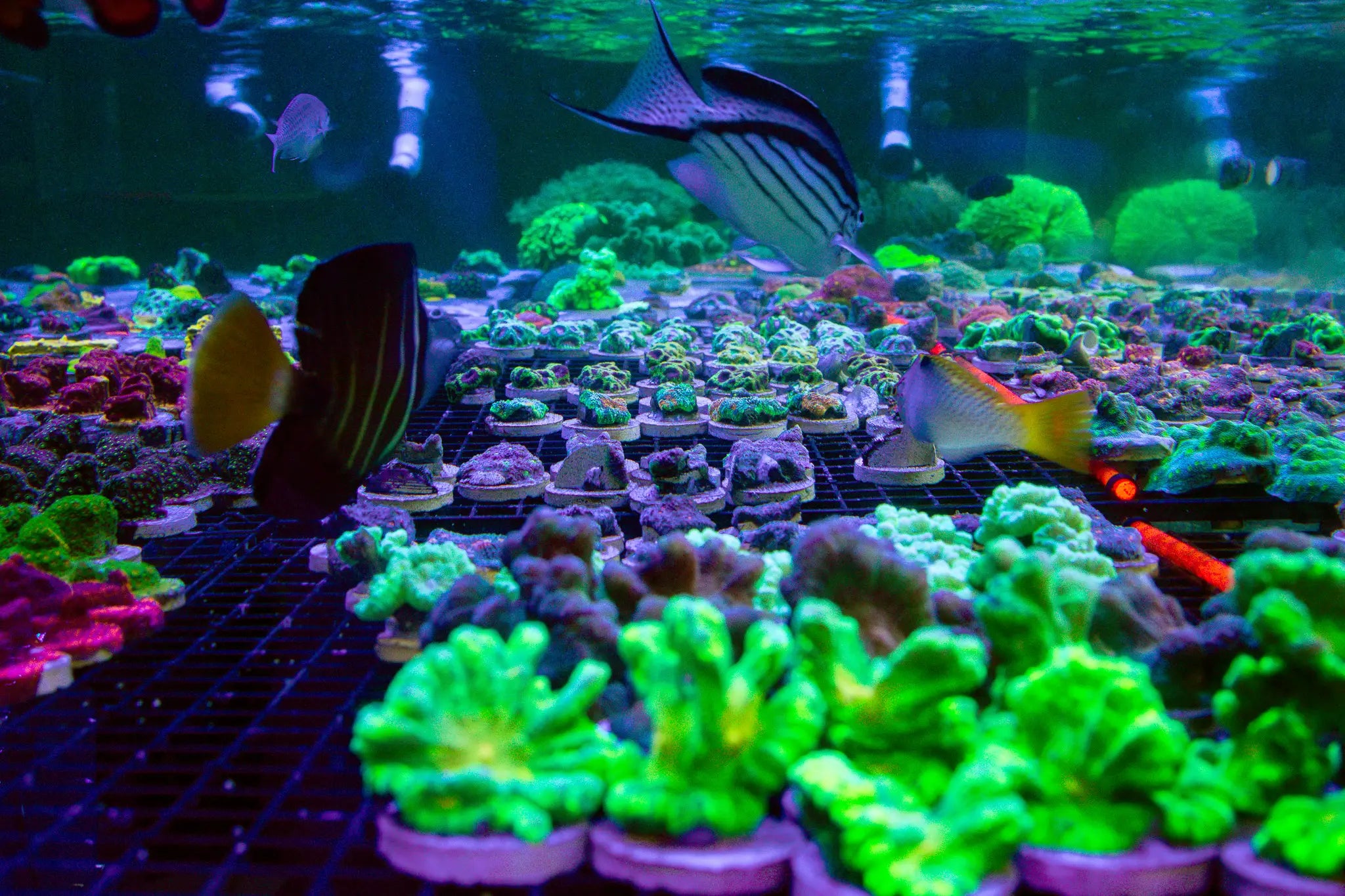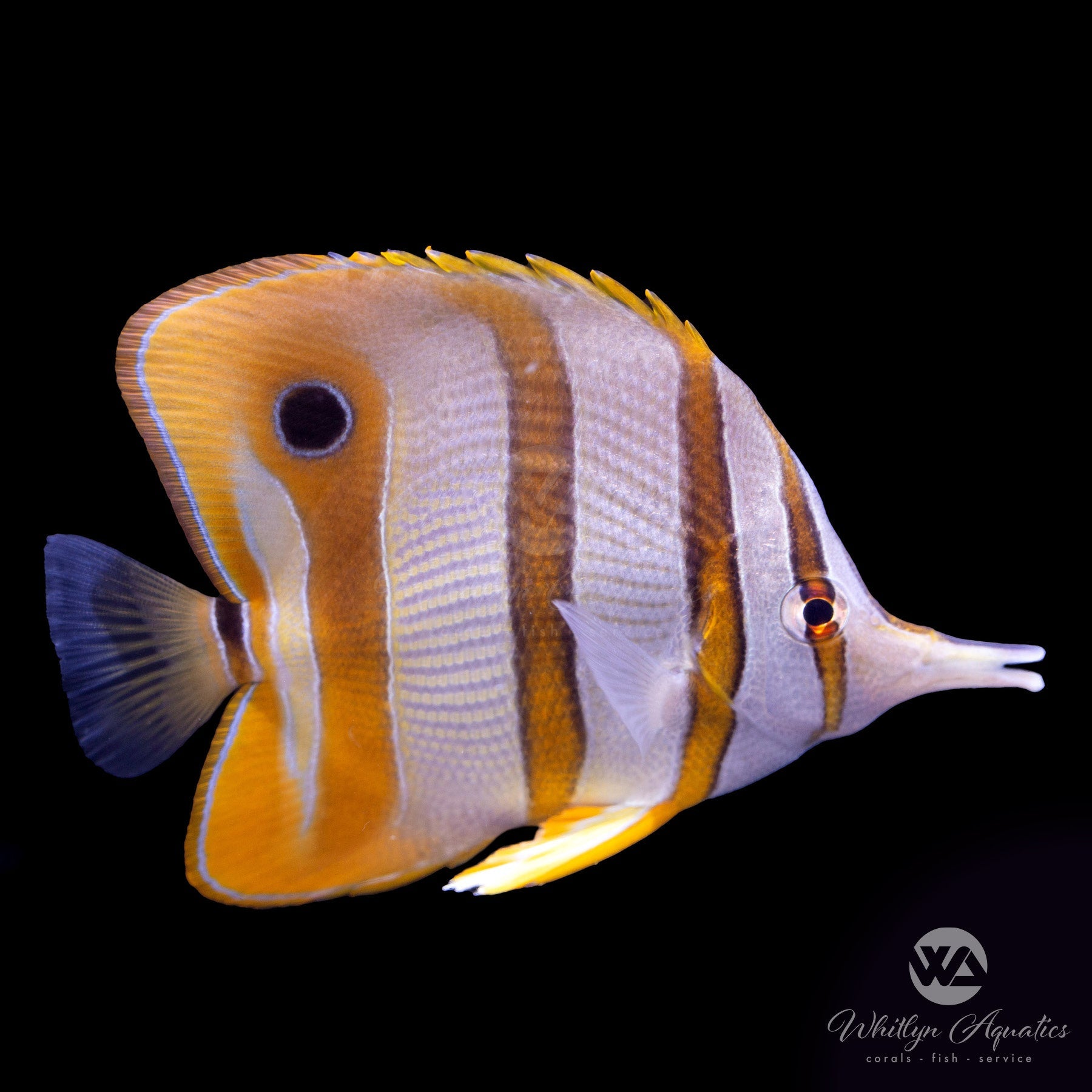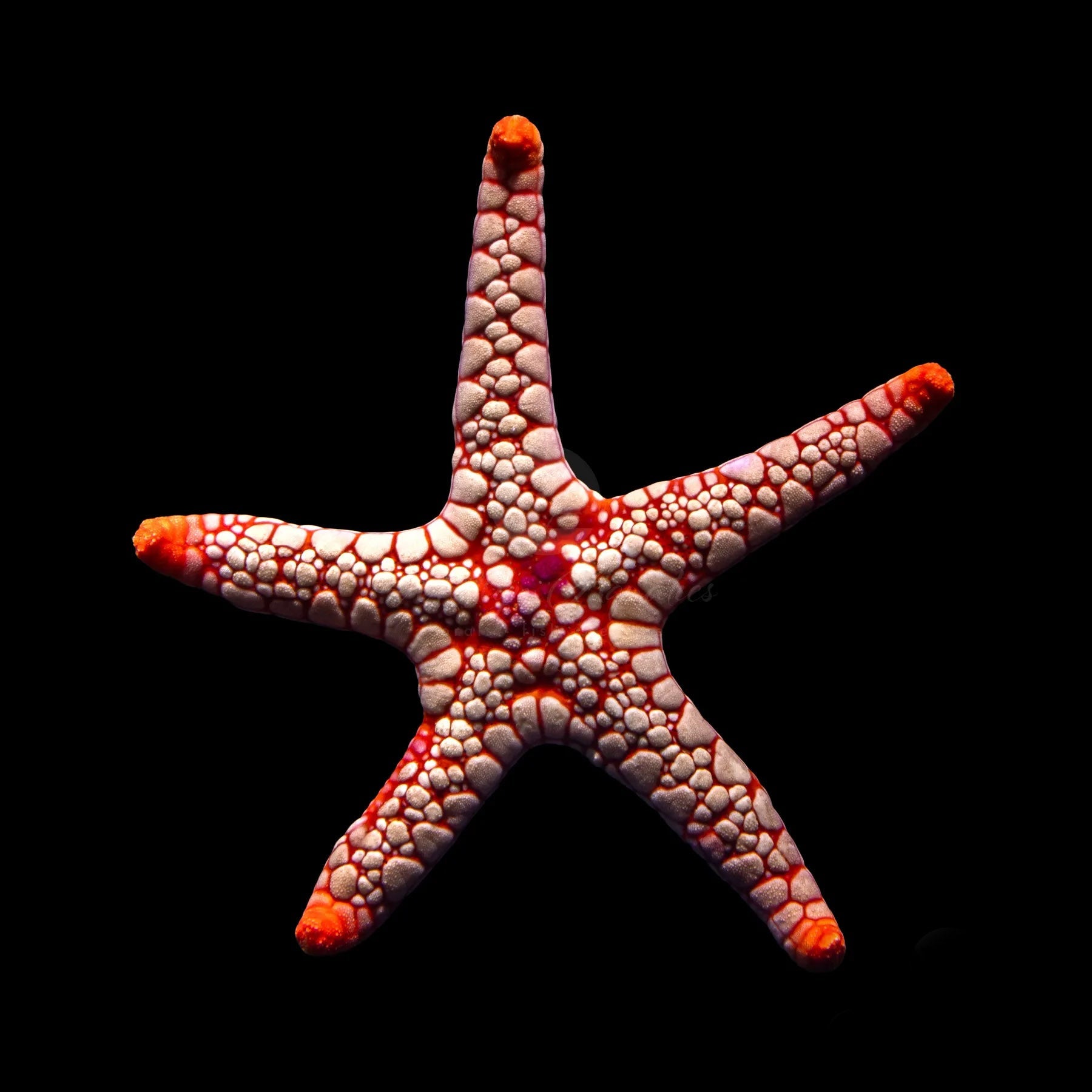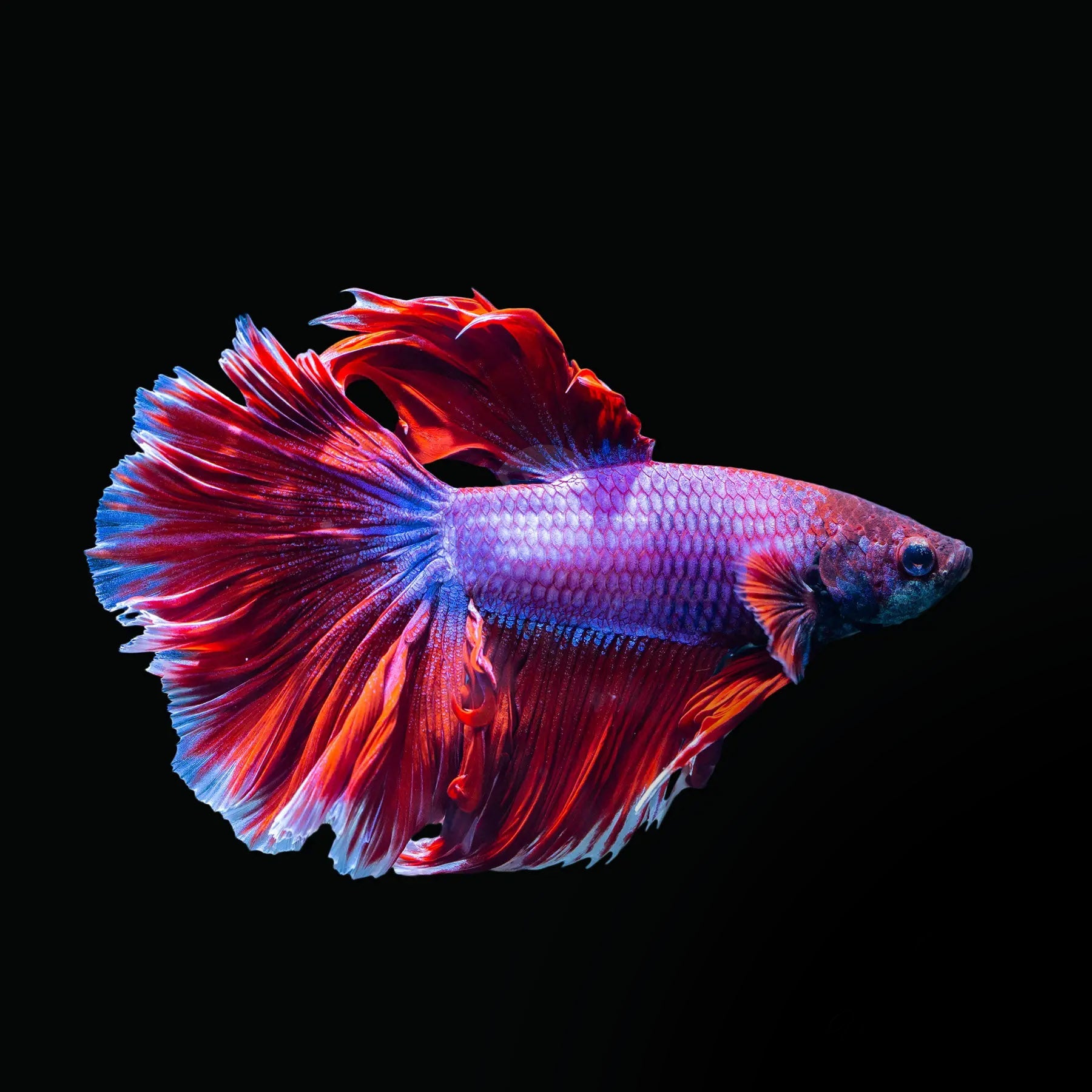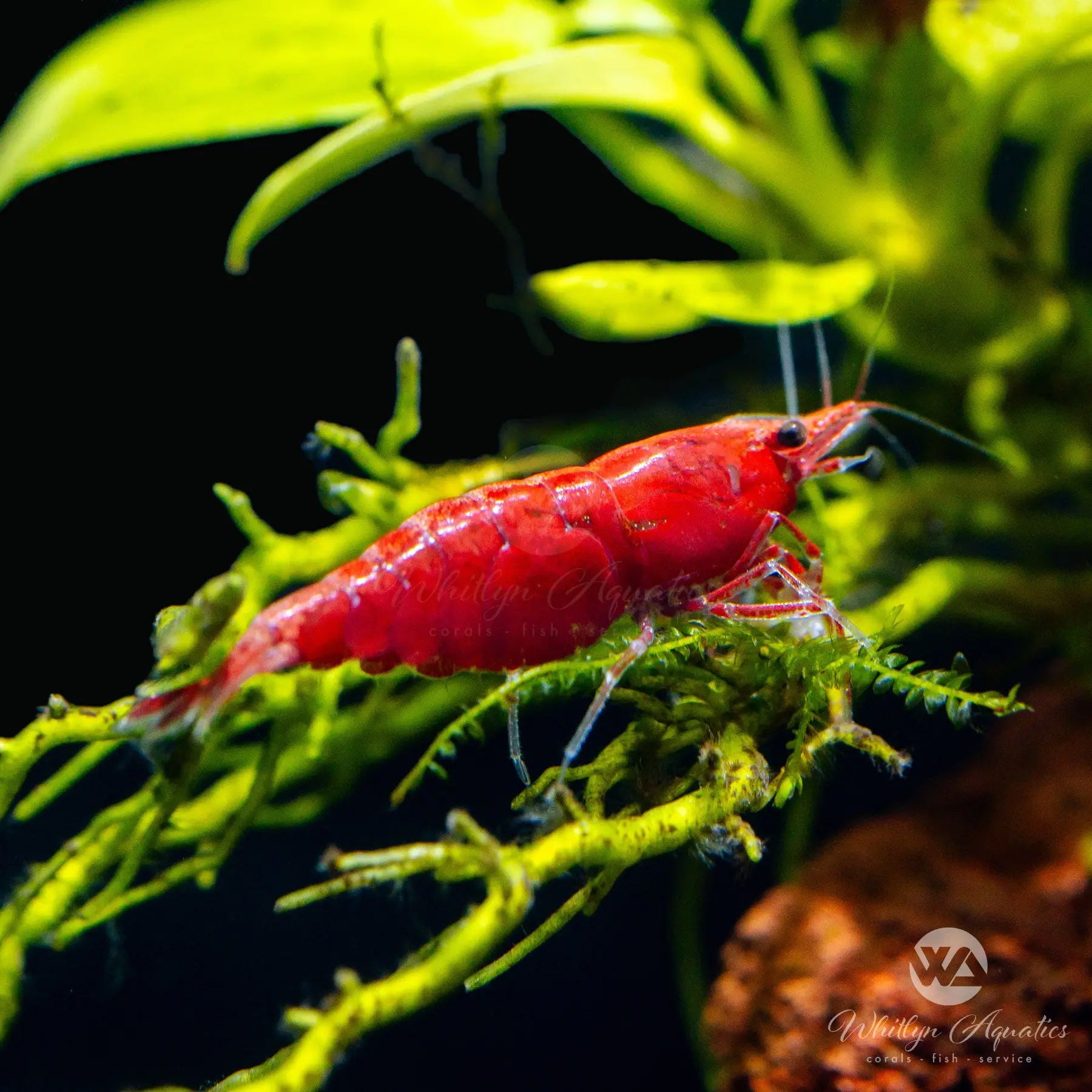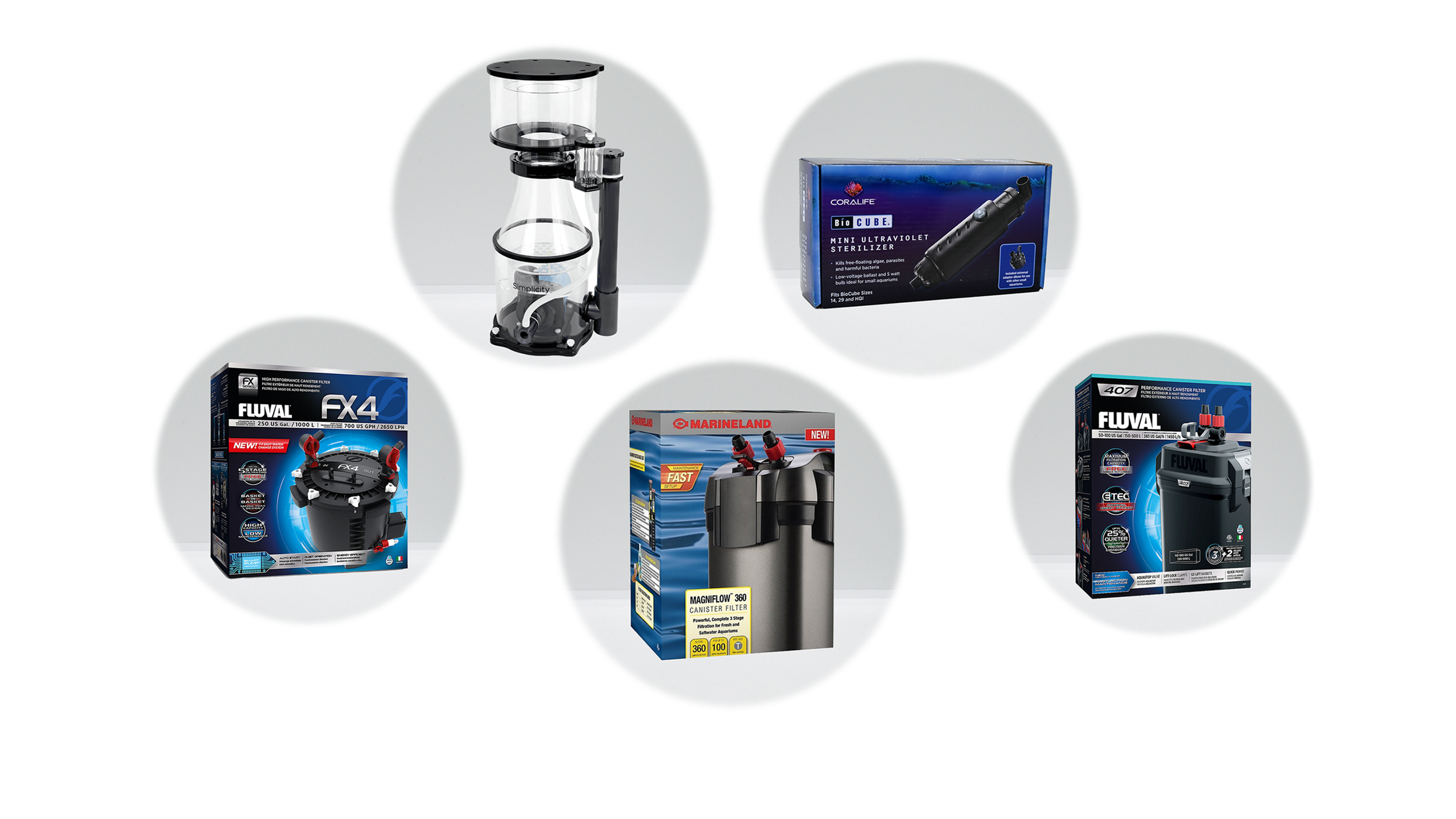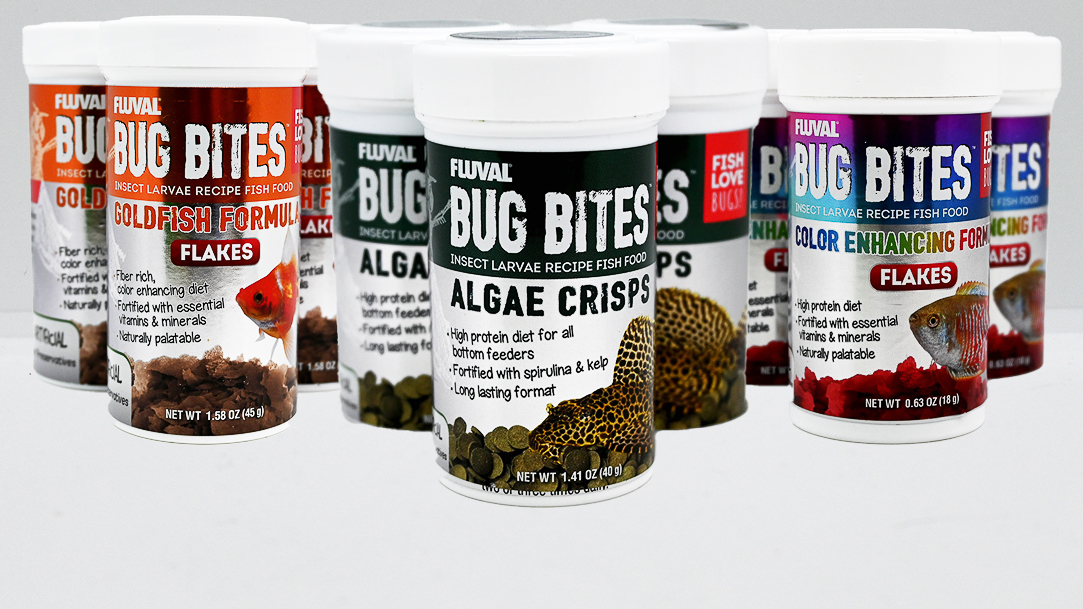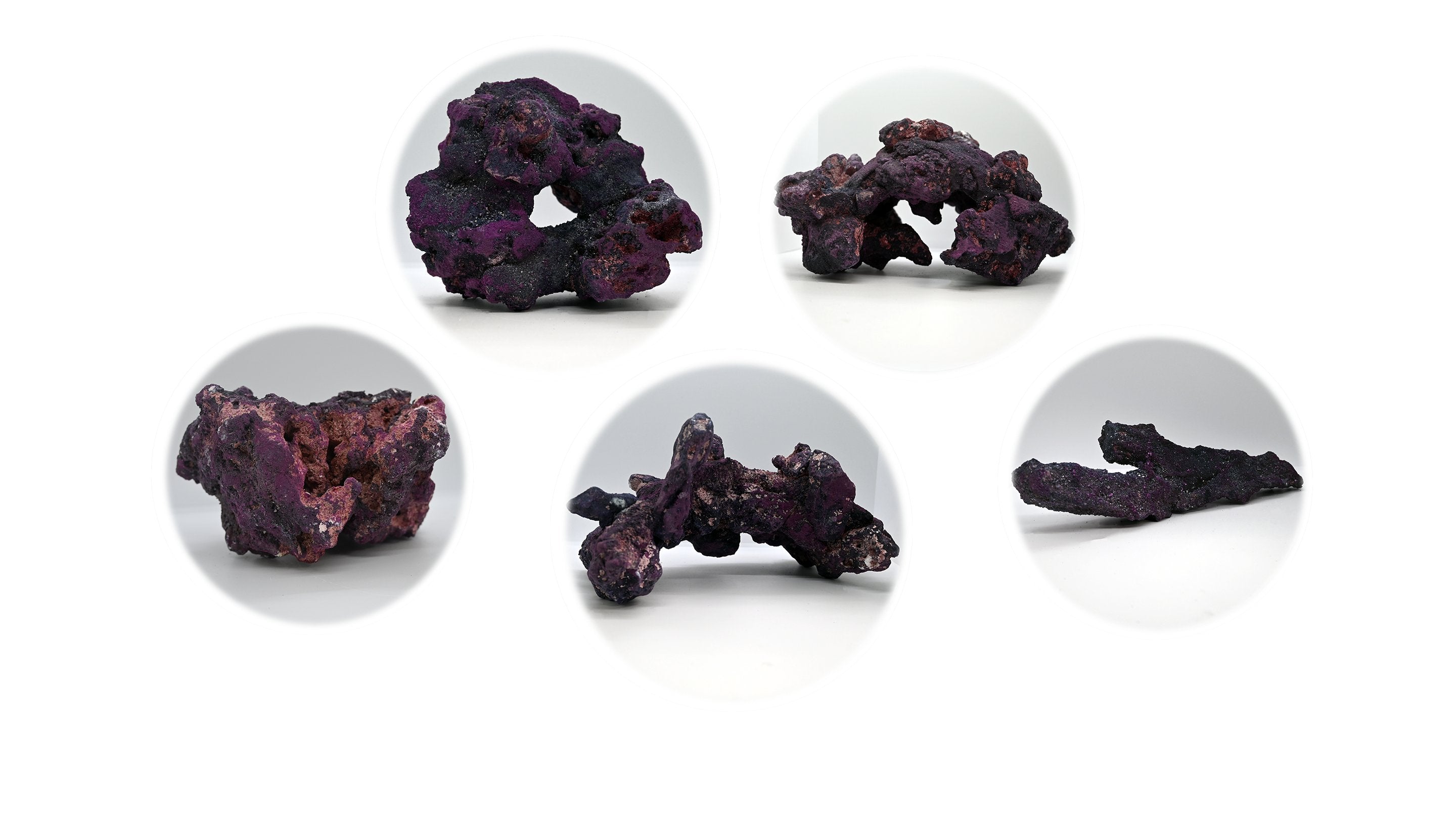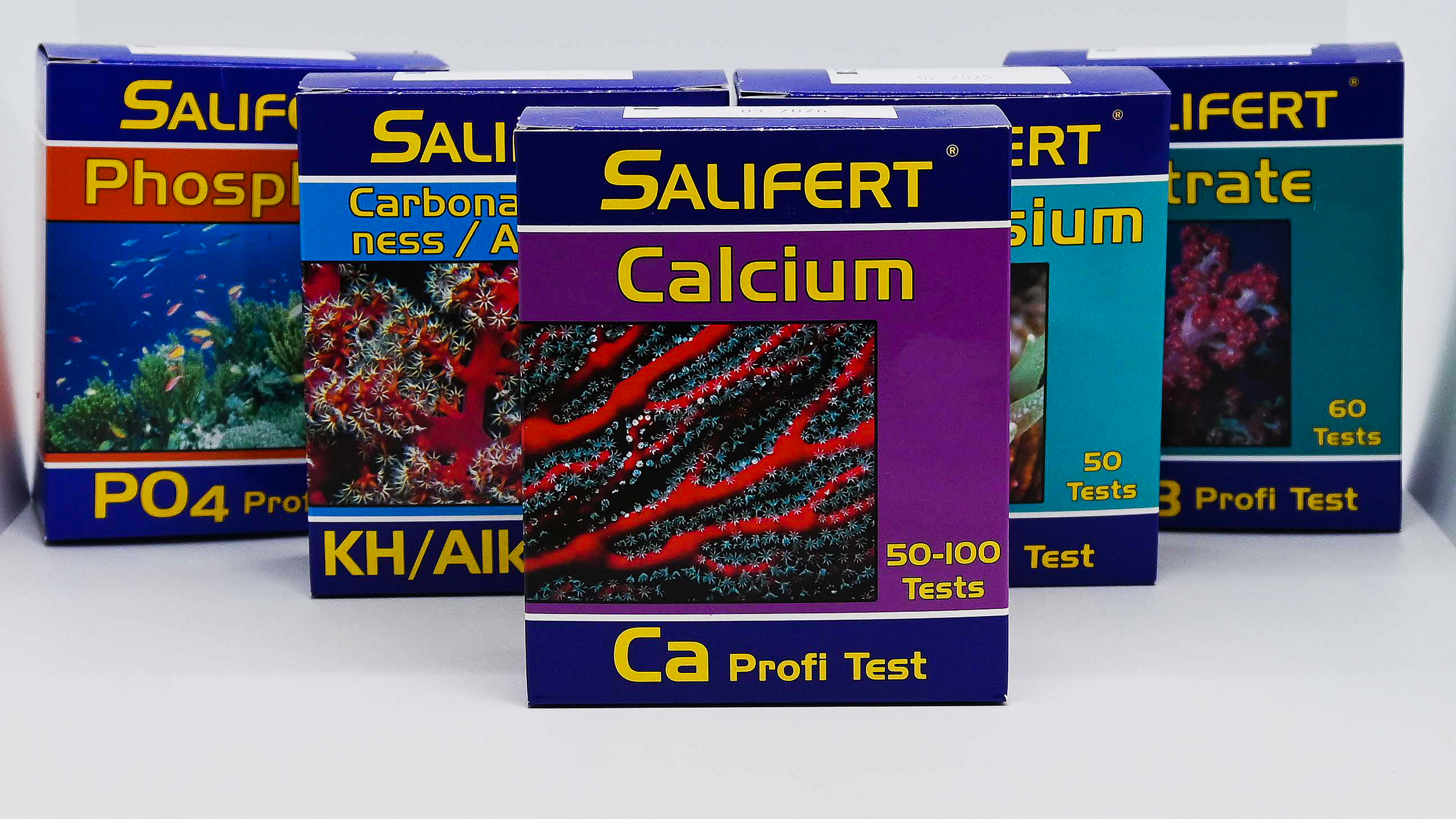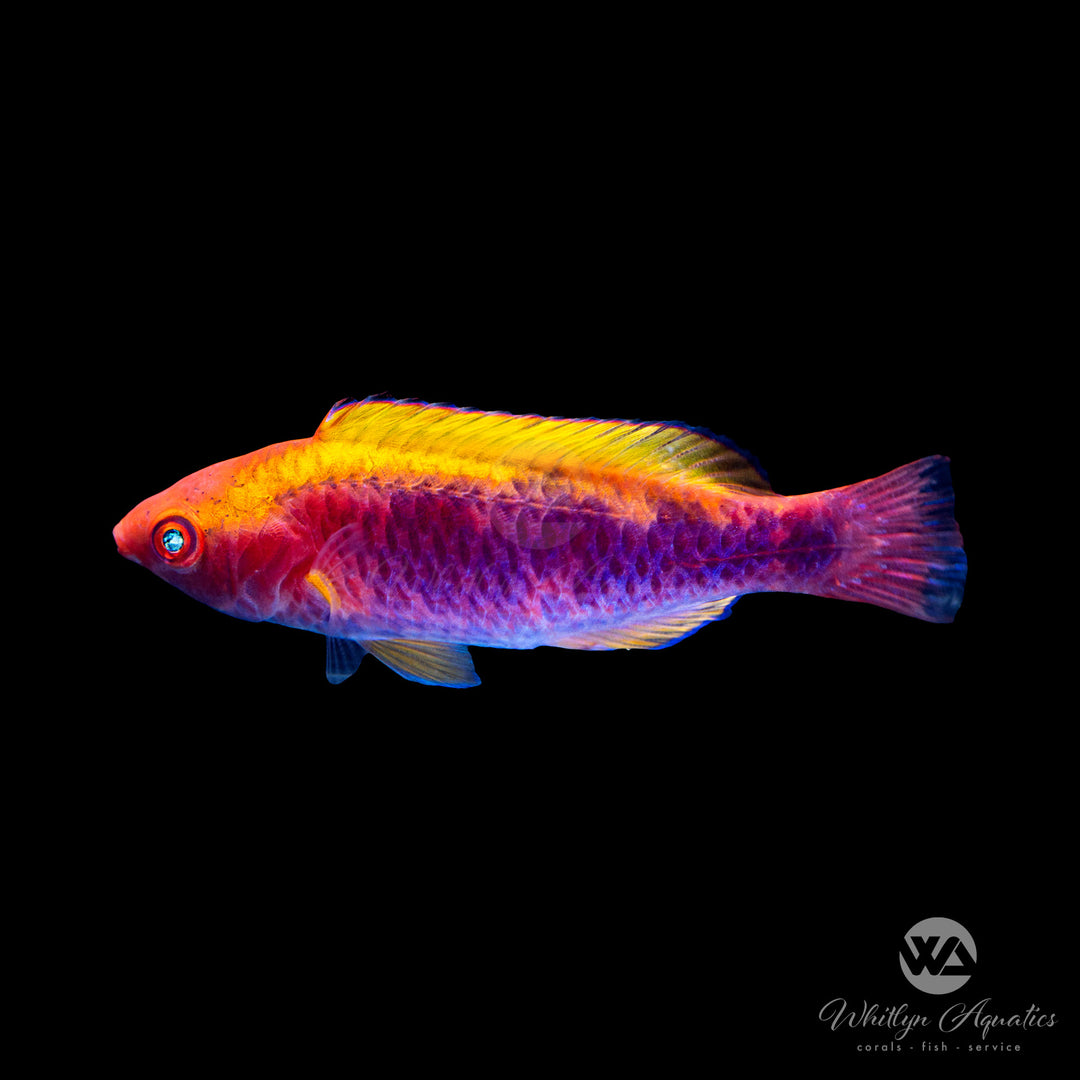
Lubbock's Fairy Wrasse - Cirrhilabrus lubbocki
- In stock, ready to ship
- Backordered, shipping soon
The Lubbock’s Fairy Wrasse (Cirrhilabrus lubbocki) is a vibrant and active saltwater fish, featuring a purple body with mottled orange patterning, along with bright orange fins and head. This peaceful wrasse adds dynamic color and movement to reef aquariums.
Common Name: Lubbock’s Fairy Wrasse
Scientific Name: Cirrhilabrus lubbocki
Family: Labridae
Size: Up to 4 inches (10 cm)
Temperament: Peaceful
Difficulty: Moderate
Reef Safe: Yes
Native Region: Found throughout the western Pacific, including Indonesia and the Philippines, typically inhabiting coral-rich reef slopes and lagoons.
Tank Size: Minimum of 30 gallons
Temperature: 75–82°F (24–28°C)
pH: 8.0–8.4
Salinity: 1.023–1.025
Substrate/Decor: Provide live rock with crevices for hiding and open swimming areas; moderate water flow is preferred.
• Schooling: Best kept in groups or pairs to encourage natural behavior.
• Diet: Omnivorous—feeds on small meaty foods such as mysis shrimp, brine shrimp, and high-quality pellets.
• Tankmates: Compatible with other peaceful reef fish; avoid aggressive species.
• Behavior: Active mid-level swimmer that adds vibrant color and dynamic movement to the aquarium.





